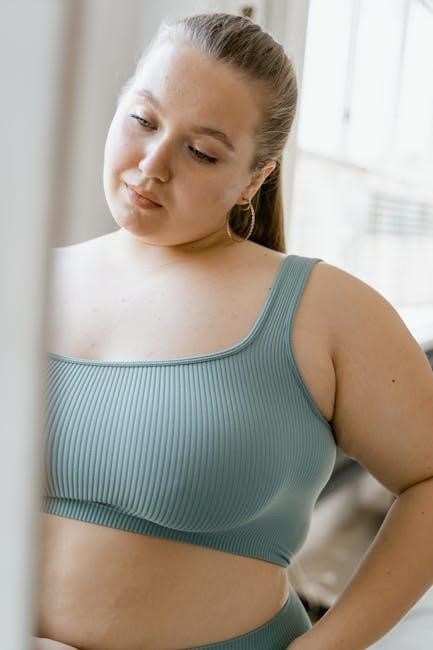
Selecting the right self-portrait size is crucial for visual impact and personal expression․ This guide helps you choose the perfect dimensions based on subjects, composition, and display location․
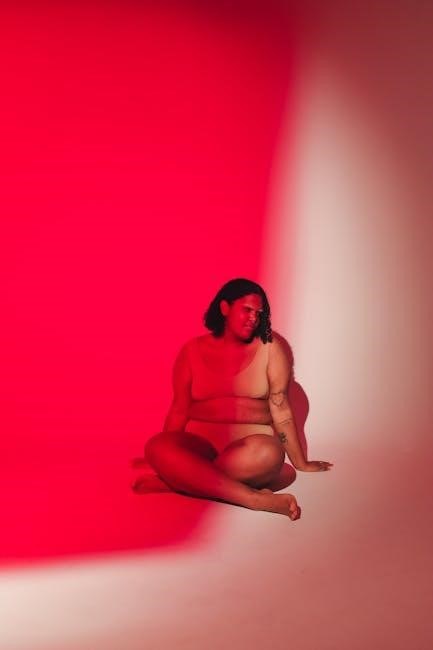
Key Factors Influencing Self-Portrait Size
The size of a self-portrait is influenced by the number of subjects, viewing distance, composition, and display location, ensuring the artwork looks its best in any space․
Importance of Size in Portraits
The size of a portrait plays a crucial role in determining its visual impact and emotional engagement․ A well-chosen size enhances the subject’s presence, ensuring the artwork commands attention without overwhelming the space․ Smaller portraits create intimacy, while larger ones make a bold statement․ The size also influences the level of detail visible, with larger canvases allowing for intricate expressions and textures․ Additionally, the practical aspects of display space and budget are directly tied to the portrait’s dimensions, making size a fundamental consideration for both artists and viewers․
Subject and Purpose Considerations
The size of a portrait should align with its subject and purpose․ For single subjects, smaller sizes like 8×10 inches create intimacy, while larger sizes suit group or family portraits․ The purpose, whether formal or casual, also influences size selection․ Formal portraits often opt for larger dimensions to emphasize importance, while casual settings benefit from smaller, more personal sizes․ Additionally, the intended use, such as wall art or a gift, should guide your decision to ensure the portrait resonates with its intended audience․
Consider the number of subjects and their prominence․ Larger groups require bigger canvases to maintain detail, ensuring faces remain visible․ For solo portraits, smaller sizes focus attention on the subject’s features․ Custom sizes can accommodate unique needs, balancing composition and purpose for a tailored result․ Always ensure the size complements the subject’s significance and the desired emotional impact․
Viewing Distance and Display Location
Viewing distance and display location significantly impact portrait size selection․ Smaller portraits, such as 8×10 inches, are ideal for close viewing, like on a shelf or mantle․ Larger sizes, such as 24×36 inches, are better suited for display across a room, ensuring details remain visible․ Consider the available wall space and room decor to ensure the portrait fits harmoniously․ A large portrait in a small room may overwhelm, while a small one in a grand space might get lost․ Balance size with surroundings for optimal visual appeal and comfort․
Composition and Detail Balance
When choosing a self-portrait size, balancing composition and detail is essential․ Larger portraits allow for intricate details and expansive backgrounds, creating an immersive experience․ Smaller sizes require simpler compositions to avoid clutter․ Ensure faces are at least 2․5 inches in the final print to maintain clarity․ The size should complement the subject’s expression and the artwork’s intent, ensuring a visually appealing and cohesive piece that draws the viewer’s eye effectively․ Proper balance enhances the emotional impact and artistic value of the portrait․
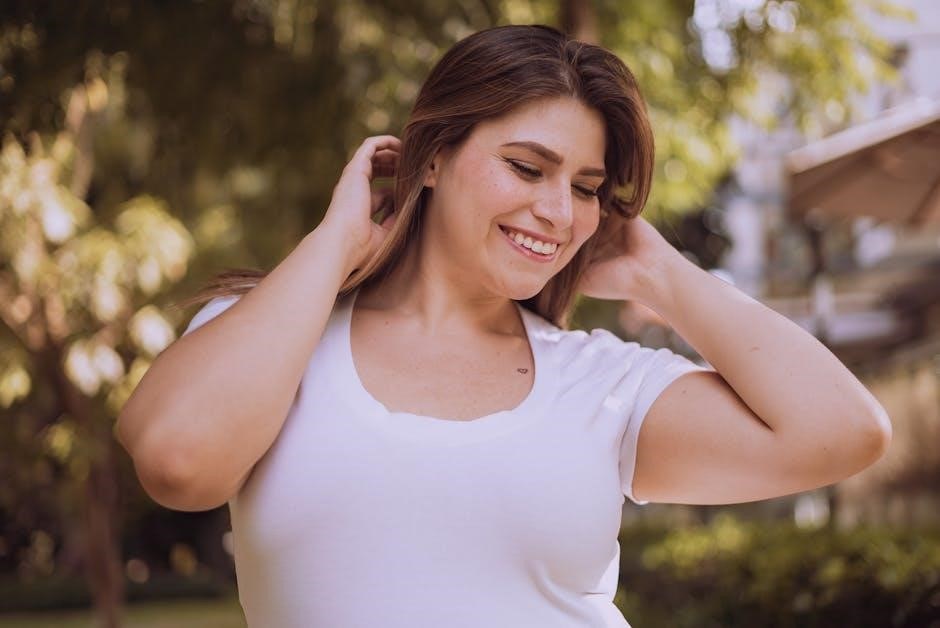
Standard Self-Portrait Sizes
Standard self-portrait sizes range from 8×10 inches to 48×72 inches, offering versatility for display․ Popular choices like 16×20 inches and 24×36 inches strike a balance between detail and space, while custom sizes cater to unique needs․
Small Portraits: Intimate and Personal
Small portraits, typically ranging from 8×10 inches to 11×14 inches, are ideal for creating an intimate and personal connection․ These compact sizes are perfect for displaying on shelves, mantles, or small walls, making them a great choice for cozy spaces․ They often feature a single subject or a close-up, emphasizing facial details and emotions․ Small portraits are budget-friendly and easy to frame, offering a subtle yet meaningful way to capture memories․ Their compact nature ensures they blend seamlessly into smaller rooms while maintaining a sense of elegance and charm․
Medium Portraits: Versatile and Flexible
Medium portraits, typically sized between 16×20 inches and 20×24 inches, strike a perfect balance between intimacy and detail․ They are ideal for capturing up to three subjects while maintaining a clear focus on facial expressions and emotions․ This size is versatile, suitable for both wall display and tabletop placement, and works well in various settings, from living rooms to offices․ Medium portraits offer enough detail to convey complexity without overwhelming the space, making them a practical and elegant choice for many occasions․
Large Portraits: Grand and Commanding
Large portraits, typically sized 24×36 inches or larger, create a dramatic and commanding presence in spacious areas․ These grand pieces are perfect for showcasing up to four subjects with intricate details and backgrounds․ Ideal for prominent display locations like above fireplaces or couches, they draw attention and serve as focal points in any room․ While they offer a luxurious feel, large portraits can be more expensive and require ample wall space․ Framing options may also be limited for the largest sizes, so consider your budget and display capabilities before choosing this size․
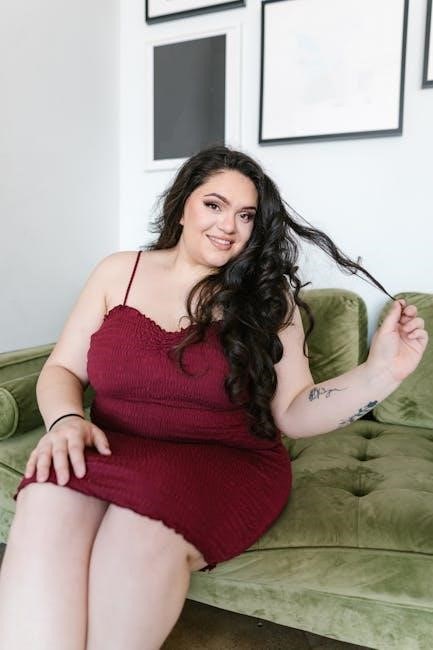
Custom Portrait Sizes
Custom portrait sizes allow for tailored dimensions beyond standard options, accommodating unique needs like large groups or specific display requirements․ They offer flexibility but may incur higher costs․
Determining the Right Custom Size
Choosing a custom size involves assessing your specific needs, such as the number of subjects, desired detail level, and display space․ Measure your wall or area to ensure the portrait fits seamlessly․ Consider the framing options, as larger sizes may limit frame choices․ For group portraits, ensure each face is at least 2․5 inches when scaled to the final size․ Collaborate with artists or services to create a bespoke piece that balances composition and personal vision, ensuring the custom size enhances both the artwork and its surroundings․
Pros and Cons of Custom Sizes
Custom sizes offer unparalleled flexibility, allowing for unique compositions and personalization․ They are ideal for large groups or specific display spaces․ However, custom portraits are generally more expensive than standard sizes and may limit framing options for larger dimensions․ Additionally, ensuring proportional balance and detail clarity can be challenging․ Despite these drawbacks, custom sizes provide the freedom to create a truly bespoke piece that aligns perfectly with your vision and space requirements, making them a worthwhile investment for special or grand displays․
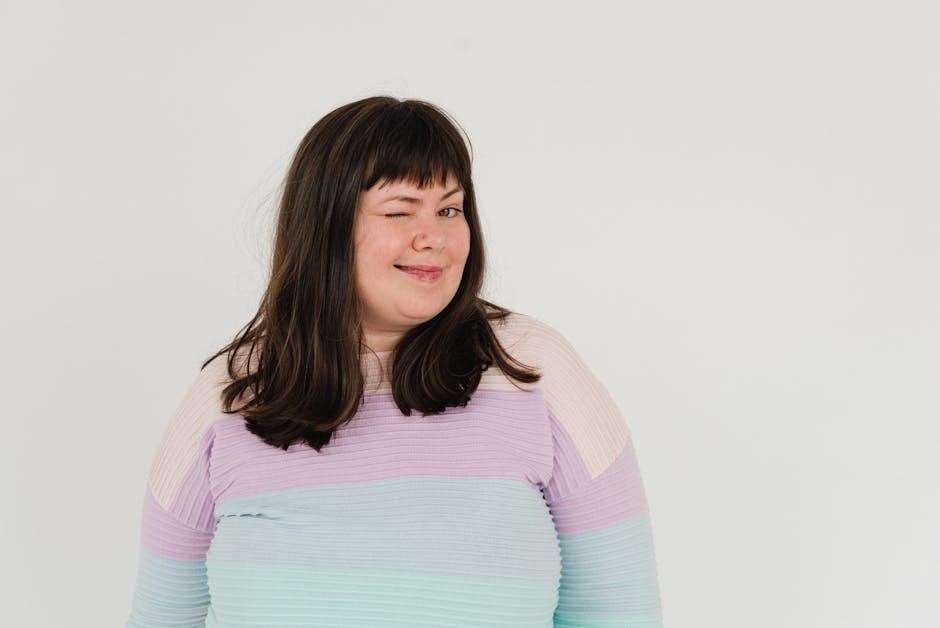
Framing Considerations
Framing enhances the self-portrait’s presentation, but size impacts options․ Standard sizes (up to 24×36 inches) fit most frames, while larger sizes may require custom framing solutions, increasing costs․
Impact of Size on Framing Options
Portrait size significantly influences framing choices, as larger pieces may require custom frames due to their dimensions․ Standard framing services often accommodate sizes up to 24×36 inches, while larger portraits demand specialized solutions․ Smaller sizes, like 8×10 inches, offer more affordable and readily available framing options․ The size also affects the overall aesthetic, as larger frames can dominate a space, whereas smaller frames blend seamlessly into cozy settings․ Choosing the right frame size ensures your self-portrait is both visually stunning and securely protected․
Framing Tips for Different Sizes
Small portraits (8×10 to 11×14 inches) benefit from slim, minimalist frames to avoid overwhelming the piece․ For medium sizes (16×20 inches), classic or ornate frames enhance detail and balance․ Large portraits (18×24 inches or bigger) pair well with bold, statement frames or canvas wraps․ Consider matte finishes for a subtle look or glossy for added vibrancy․ Always opt for high-quality glass to protect against UV damage․ Mounting on acid-free materials ensures longevity․ Matching the frame style to your home decor ensures a cohesive and polished display․
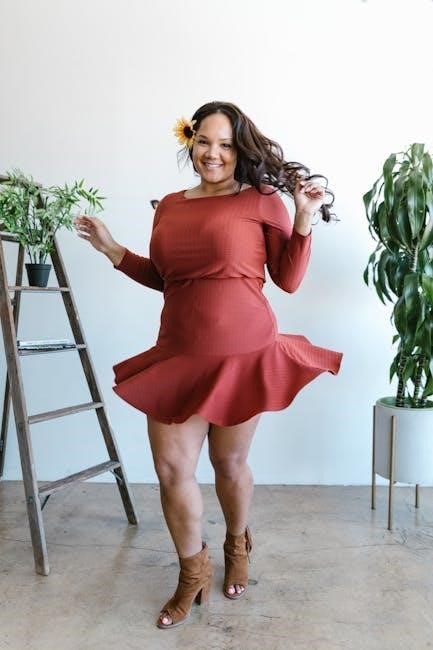
Intended Display Location
The display location significantly influences portrait size selection, ensuring the artwork complements its surroundings․ Consider room proportions, wall space, and desired ambiance to choose the ideal dimensions․
Choosing Size Based on Space
The intended display location plays a crucial role in determining the ideal portrait size․ Measure the available wall or display area to ensure the portrait fits harmoniously․ For small, cozy spaces, smaller portraits (8×10 to 11×14 inches) are ideal, as they add intimacy without overwhelming the room․ In larger, open areas, consider bigger sizes (16×20 inches or more) to create a striking focal point․ Always consider the room’s proportions and furniture placement to ensure the portrait complements its surroundings without appearing too small or too large․
Small vs․ Large Spaces
Space size significantly influences portrait size selection․ Small rooms benefit from compact portraits (8×10 to 11×14 inches), creating intimacy and focus․ Larger areas, like grand halls, showcase larger sizes (24×36 inches or more), making a bold statement․ Always balance the portrait’s dimensions with the room’s scale to avoid overwhelming or underwhelming the environment․ Consider the furniture and decor proportions to ensure harmony and visual appeal, whether in cozy or expansive settings․
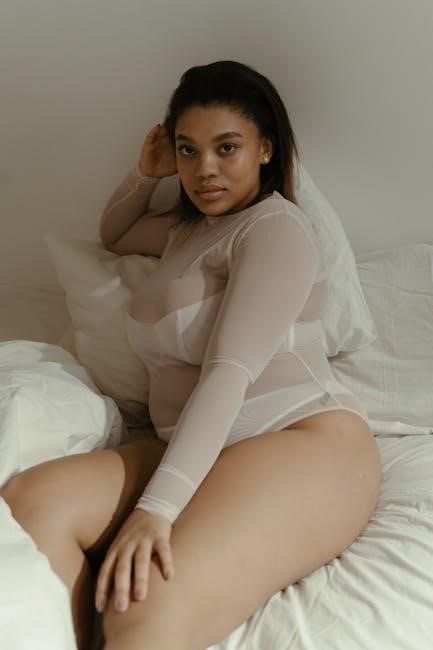
Number of Subjects
The number of subjects greatly influences portrait size․ Small portraits (8×10 inches) suit 1-2 subjects, while medium (16×20 inches) and large (24×36 inches or more) accommodate 3-4 or more, ensuring balanced composition and detail clarity․
Single Subject Portraits
Single subject portraits are ideal for capturing individual personalities and details․ Smaller sizes like 8×10 inches or 11×14 inches are perfect for intimate settings, focusing solely on the subject․ These dimensions ensure a personal connection, making the portrait feel more engaging and emotional․ The composition typically emphasizes the subject’s facial features and expression, creating a strong visual impact․ Smaller portraits are also cost-effective and easy to display in compact spaces, making them a popular choice for personal or professional use․
For a more formal look, slightly larger sizes like 16×20 inches can provide a balance between detail and space efficiency․ This size allows for a full-body or upper-body composition while maintaining clarity․ Single subject portraits are versatile, suitable for both casual and formal displays, ensuring the subject remains the focal point․ Proper sizing enhances the overall aesthetic, making single subject portraits timeless and memorable․
Group Portraits
Group portraits require careful size selection to ensure all subjects are visible and details remain clear․ Sizes like 16×20 inches or 20×24 inches are ideal for small groups of 3-4 people, offering a balanced composition․ Larger groups may need 24×36 inches or custom sizes to accommodate everyone comfortably․ Proper sizing ensures facial expressions and features are distinct, avoiding a crowded appearance․ The chosen size should also complement the display space, making the portrait a harmonious addition to the room․
Family Portraits
Family portraits are a timeless way to capture cherished memories․ Sizes like 16×20 inches or 20×24 inches are popular for families of 3-4 members, offering a clear view of everyone․ Larger families may opt for 24×36 inches or custom sizes to ensure all faces are distinct․ The size should reflect the display location, such as above a fireplace or in a grand hall․ Proper sizing ensures the portrait feels cohesive and enhances the room’s ambiance, making it a focal point of your home․
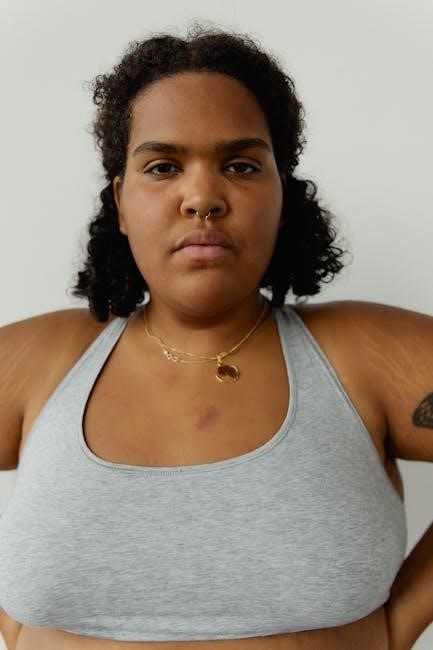
Composition and Detail
Size significantly impacts composition and detail․ Larger portraits allow for intricate details, while smaller sizes focus on simplicity․ Balance is key to avoid overwhelming or losing focal points․
Balancing Composition
Balancing composition in self-portraits requires careful consideration of size, detail, and focus․ Larger sizes allow for intricate details, while smaller sizes emphasize simplicity and intimacy․ The composition should guide the viewer’s eye, ensuring the subject remains the focal point․ Properly proportioned elements create visual harmony, preventing the portrait from feeling cluttered or empty․ The size of the portrait influences how details are perceived, making it essential to align the composition with the intended emotional impact․ Achieving this balance ensures the portrait captivates and engages the viewer effectively․
Capturing Details
Capturing details in self-portraits requires a careful balance between size and focus․ Larger sizes allow for intricate facial expressions and textures to shine, while smaller sizes emphasize simplicity․ The subject’s features should remain sharp and defined, ensuring clarity in the final piece․ Proper sizing ensures that details like eyes and smiles stand out without overwhelming the composition․ Avoiding overly small sizes prevents loss of detail, while larger sizes enhance visual impact․ This balance ensures the portrait captures the essence of the subject effectively․
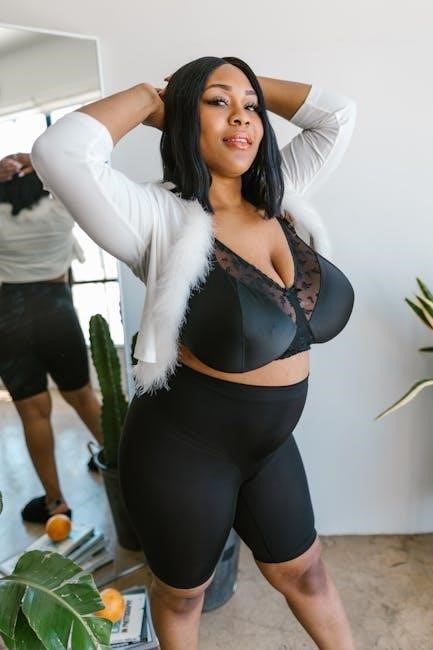
Viewing Distance
Viewing distance is crucial for choosing the right portrait size․ Larger portraits are ideal for far viewing, while smaller sizes suit close-up displays, ensuring visual balance․
Choosing Size Based on Viewing Distance
Viewing distance plays a significant role in selecting the ideal portrait size․ Smaller portraits (8×10 to 11×14 inches) are best for close-up displays, such as on a shelf or mantle, while larger sizes (16×20 to 24×36 inches) are suited for viewing from across a room․ For grand spaces, sizes like 24×36 inches or larger create a striking presence․ Ensure the size aligns with where the portrait will be displayed to maintain visual balance and impact․ Proper sizing ensures the artwork is appreciated from its intended distance, enhancing the overall viewer experience․
Tips for Optimal Viewing
For optimal viewing, ensure your portrait is well-lit to highlight details and colors․ Place it at eye level to enhance visibility and engagement․ Consider the room’s decor to maintain aesthetic harmony․ Avoid clutter around the portrait to keep focus on the artwork․ Use framing that complements the piece without overwhelming it․ Test different lighting setups to find the most flattering option․ Ensure the portrait is centered or strategically positioned to balance the space․ These tips will enhance the visual appeal and ensure your self-portrait is admired from every angle․

Budget Constraints
Standard portrait sizes are cost-effective, fitting most budgets without sacrificing quality․ Opting for standard frames helps reduce framing expenses․
Size and Cost Relationship
The size of a self-portrait directly impacts its cost, as larger canvases require more materials and labor․ Standard sizes are generally more affordable, while custom or oversized portraits can significantly increase expenses․ Framing costs also rise with larger dimensions, as bigger frames and specialized glass may be needed․ To balance quality and budget, consider medium sizes, which often offer a sweet spot between detail and affordability․ Always compare pricing across vendors and factor in additional services like framing or shipping when planning your portrait investment․
Budget-Friendly Tips
To create a stunning self-portrait without overspending, consider smaller or medium sizes, as they are more affordable while still capturing essential details․ Opt for standard sizes, which are often cheaper than custom dimensions․ Avoid oversized frames, as they can significantly increase costs․ Compare prices across vendors and look for discounts or packages that include framing․ For a cost-effective option, choose a digital portrait, which can be printed later․ Planning ahead and prioritizing your needs will help you stay within budget while achieving a beautiful result․
Choosing the right self-portrait size is a balance of artistry and practicality․ Consider factors like the number of subjects, display location, composition, and budget to make an informed decision․ While standard sizes offer convenience, custom options allow for unique expressions․ Measure your space beforehand and prioritize framing options to enhance the final piece․ Remember, the ideal size is one that complements the subject, setting, and viewer experience, ensuring your self-portrait becomes a timeless and cherished work of art․
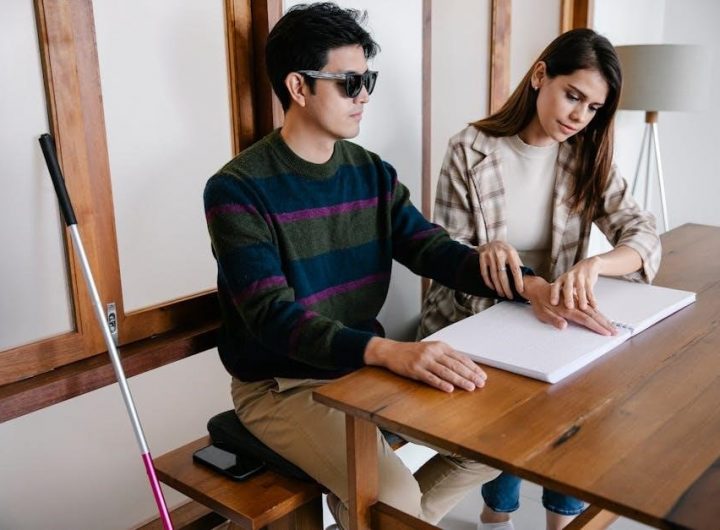 guiding light alan spaulding
guiding light alan spaulding  jewelry gift guide
jewelry gift guide  avatar frontiers of pandora trophy guide
avatar frontiers of pandora trophy guide 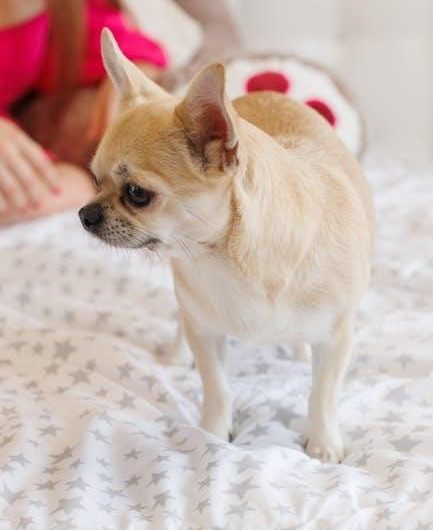 guide to the stars
guide to the stars  2024 ford trailer tow guide
2024 ford trailer tow guide  bcps study guide
bcps study guide  valentía 2 libro pdf descargar gratis
valentía 2 libro pdf descargar gratis 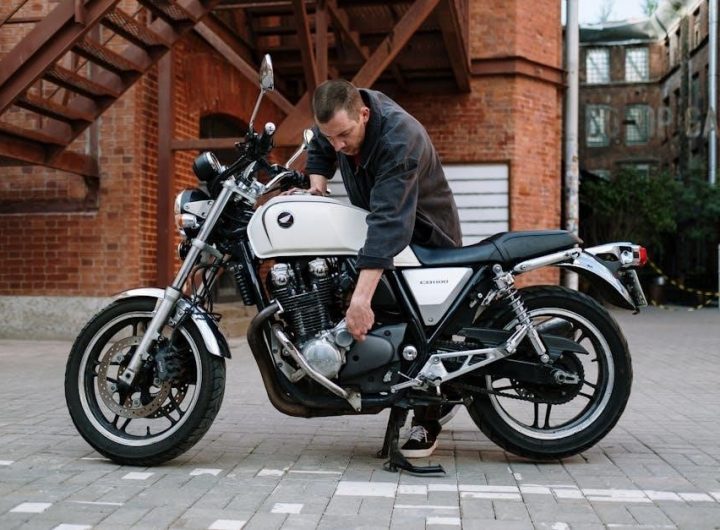 scag freedom z owners manual
scag freedom z owners manual  instructions for mobi thermometer
instructions for mobi thermometer